Home>Garden Essentials>Garden Plants>Pruning Roses: 15 Smart Tips You Must Know
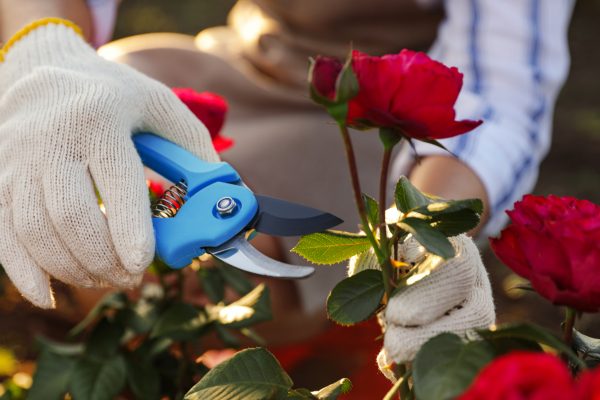

Garden Plants
Pruning Roses: 15 Smart Tips You Must Know
Modified: December 6, 2023
Apply these 100% foolproof rose pruning tips and tricks to get the biggest and loveliest blooms to ever grace your garden.
(Many of the links in this article redirect to a specific reviewed product. Your purchase of these products through affiliate links helps to generate commission for Storables.com, at no extra cost. Learn more)
Mysterious and fragrant, roses are some of the most gorgeous plants you can have in your garden. However, some gardeners hesitate to prune them because their fragile appearance may lead to unnecessary damage if the pruning process is not properly done. However, you shouldn’t be afraid of picking up a pair of pruning shears for your rose shrubs! The act of pruning roses comes with a lot more benefits than you might expect.
Even skilled gardeners can find the practice of removing dead and diseased parts of this prized flower to be challenging, let alone beginners. It’s natural that mistakes happen, and unfortunately, they may occur more often than you would like. It will take time and practice for you to get the hang of pruning, but don’t let that deter you from getting your garden roses in shape. In the long run, your efforts will definitely pay off.
Why You Should Prune Roses
The purpose of pruning roses isn’t just to make your garden look neater. Apart from ensuring the cleanliness of the environment, pruning also offers benefits that go beneath the surface: it can improve your roses’ health, physical appearance, and its overall growth.
When you prune roses, you’ll be improving air circulation as you remove the diseased canes that usually grow inward towards the center of the plant. Given that, it is highly crucial that any damaged or dead canes are cut off before your rose continues to grow again.
Some types of roses, such as the Bushy Modern rose, require you to maintain an open and compact structure. On the other hand, others like Heirloom roses require minimal pruning. Regardless of whether or not you need to prune them in a specific amount of time, pruning roses to promote blooms is still essential.
Lastly, pruning helps keep their growth under control. Certain types of roses are more common in the wild. Removing dead and diseased canes and stems from these roses will help to keep them healthy. Get to know your roses so you can attend to the respective needs of each type more accurately. Below are some tips you should keep in mind when pruning roses:
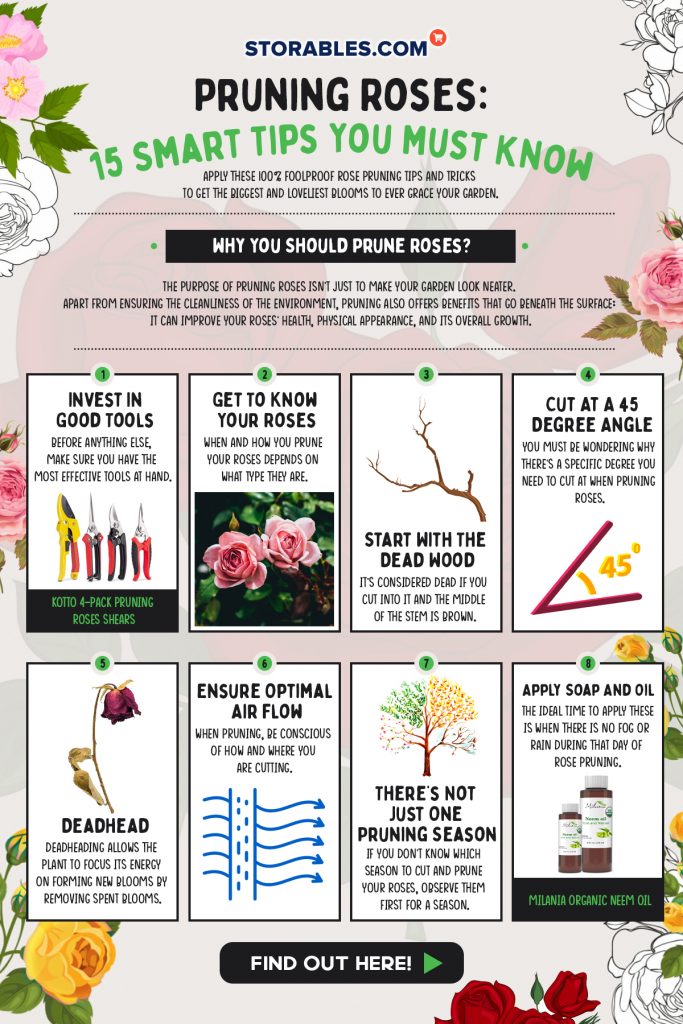
Read more: The Best Time To Prune Roses In The Midwest
1. Invest In Good Tools
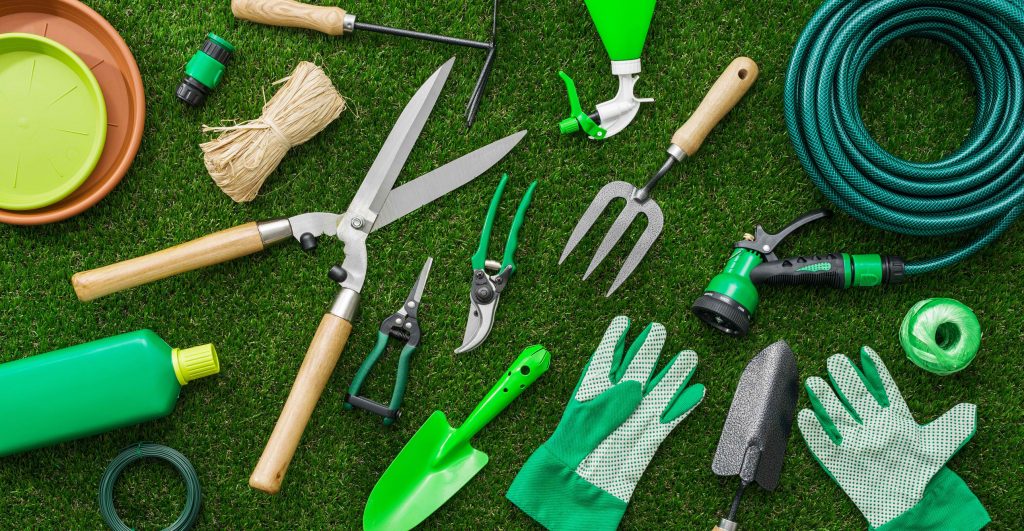
Before anything else, make sure you have the most effective tools at hand. Equipment such as pruning shears, pruning saws, and lopping shears are must-have items when it comes to garden maintenance.
With that, look for a pair of high-quality pruning shears that has curved blades. Although the best ones are on the pricey end of the spectrum, its performance will prove that it is worth every penny. You can also purchase some that have other specifications, such as a handgrip made for left-handed gardeners, swivel handles, and come with removable blades.
Another handy tool you need is a pruning saw, which is used to remove woody canes. You’ll need to get your hands on a high-quality saw to ensure clean cuts every time you prune. Moreover, tools like lopping shears have long handles that offer leverage for canes thicker than the usual ones you’ll find. Last but not the least, a pair of gloves is an important item on your checklist. Get a good pair with a leather gauntlet as its main material as these are puncture-proof and will protect you from being poked by the flower’s thorns.
These pruning shears feature a heavy-duty yet lightweight ergonomic handle. It minimizes wrist tension and is suitable for both small and large hands, ensuring optimum cutting ease with its non-slip grip. Moreover, their handle is made of high-purity PP+TPR plastic, particularly the handgrip, which is not only comfortable but also durable and solid. Lastly, their blades have been sanded to prevent tarnish and corrosion, and the entire set is matched with a safety lock that is easy to use. The bypass pruning shears’ buckle may also be used to adjust the blade angle.
A retail/distribution pioneer in lawn and garden equipment for professionals and consumers, Corona’s validated designs, quality production methods, and unmatched customer loyalty make it one of the best options for builders, farm professionals, and ardent gardeners alike. Corona’s folding razor tooth saw is both quick and powerful. For optimum longevity, stiffness, and friction reduction, each razor tooth saw blade goes through four manufacturing processes. It’s also available in a range of blade sizes.
Thanks to a compact finger shape and easy-to-grip equipment, you can rotate the fingers of these beautiful leather gloves naturally. It has an extended loose safety cuff for forearm cut defense and an additional palm and forefinger. Since the seams are set away from the hand, these cut gloves have excellent longevity and versatility. It also helps to protect users against injuries, wounds, and mechanical glove activity. Additionally, these gloves are made of leather that has been carefully sourced from an audited tannery.
Read more: How Do You Prune Groundcover Roses?
2. Get To Know Your Roses
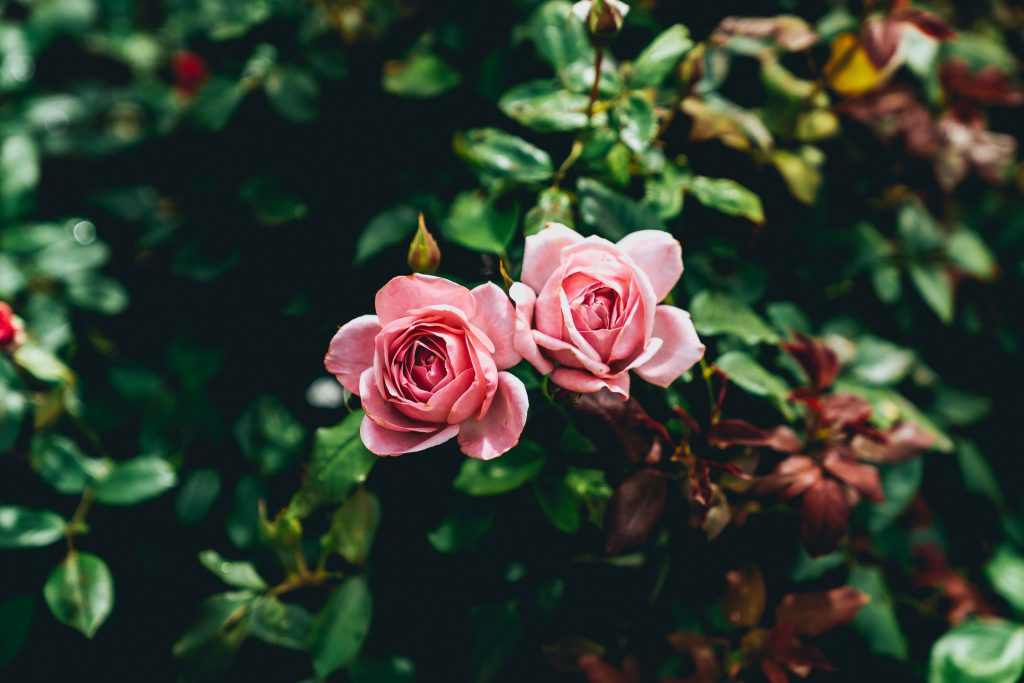
When and how you prune your roses depends on what type they are. There is no single way to approach pruning roses so it’s best that you understand your plants well. For example, it is recommended that you prune the stems of Hybrid Tea roses back to three to four buds above the previous cut. As for Floribunda and English roses, we recommend cutting back four to six buds above the previous cut. You can learn how to prune roses and the best time to plant roses when you’ve understood how they grow and what type they are.
3. Start With The Dead Wood
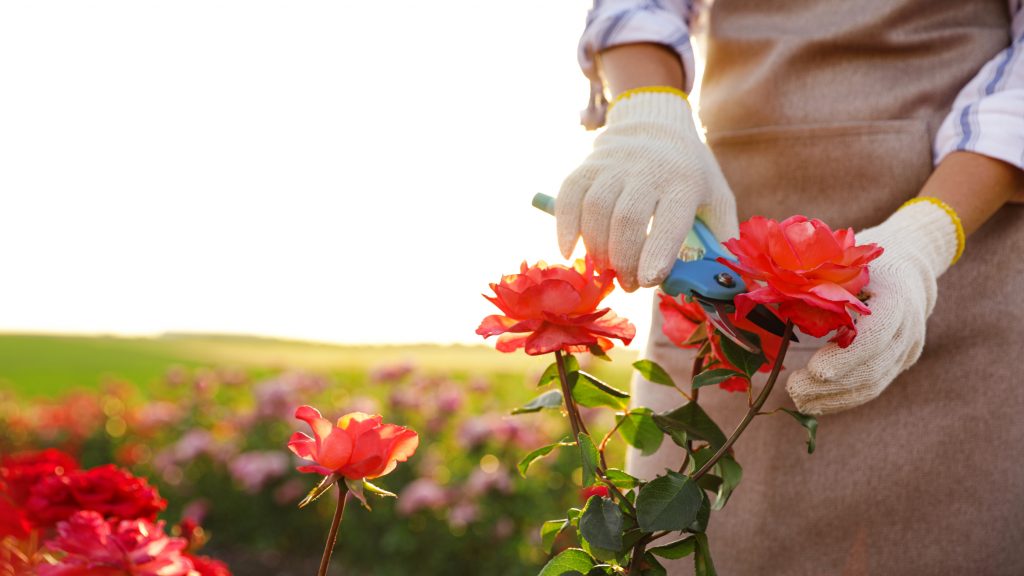
Before anything else, determine which ones are the deadwood in order for you to have an easier pruning experience. It’s considered dead if you cut into it and the middle of the stem is brown. Otherwise, it is still a living part of the plant if it’s green. Once you’ve figured out which ones should be removed, cut all the dead wood back to their base.
4. Cut At A 45-Degree Angle
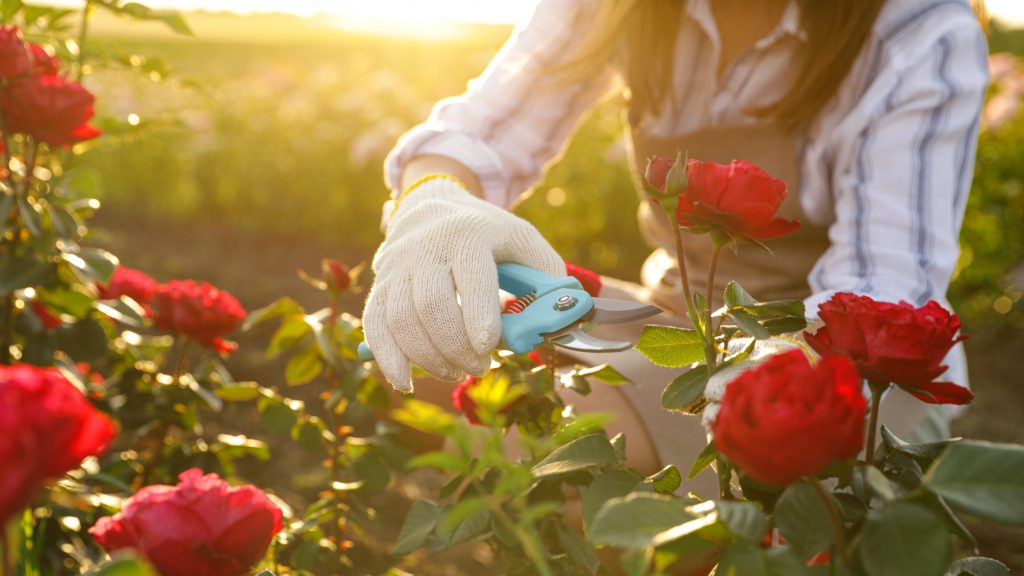
You must be wondering why there’s a specific degree you need to cut at when pruning roses. Well, there is a reasonable explanation for this actually! When you do a 45-degree cut on an inward slant, it encourages growth outwards and helps maintain open-air circulation in the middle. Moreover, it allows water to go through the bud eye, or the latent bud, of the plant to store and retain moisture.
Upon locating the latent bud, which is a bump that will sprout in spring on a dormant branch, cut around ¼ of an inch above it on a 45-degree angle slanting downwards towards the center. Shrubs and garden bushes are easier to perform this with compared to roses, so you can use these to practice first if you are hesitant.
5. Deadhead
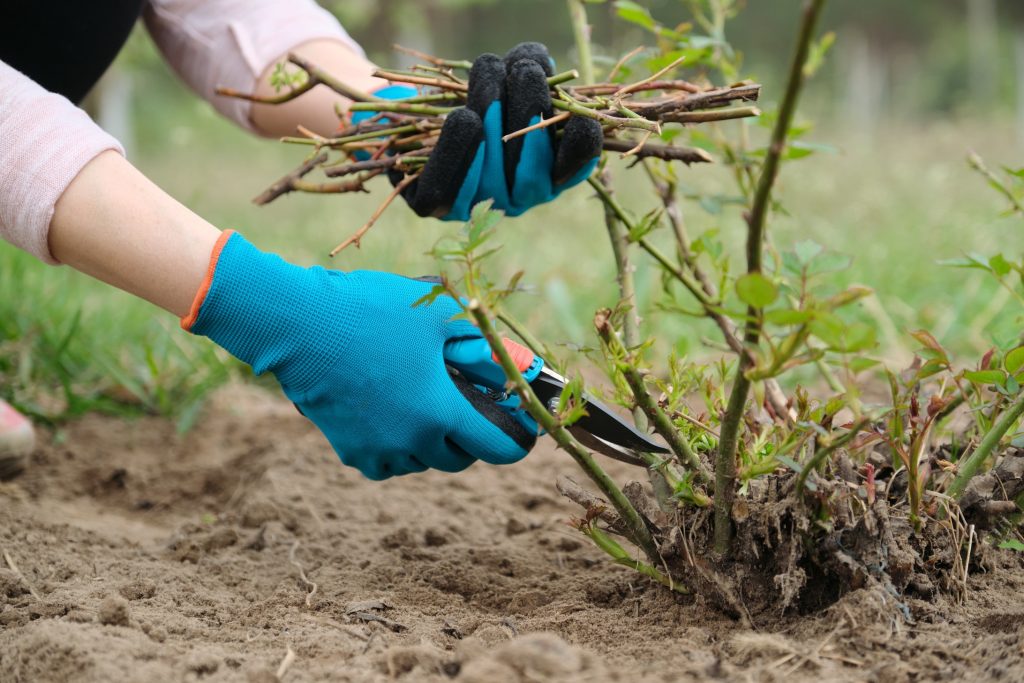
Deadheading allows the plant to focus its energy on forming new blooms by removing spent blooms. Cut the expended blossom back to the closest five leaflets, about the thickness of a pencil’s stem. Make sure the swollen bud (on which the new flower stem will grow) is facing outwards.
Read more: How To Store Prunes
6. Ensure Optimal Air Flow
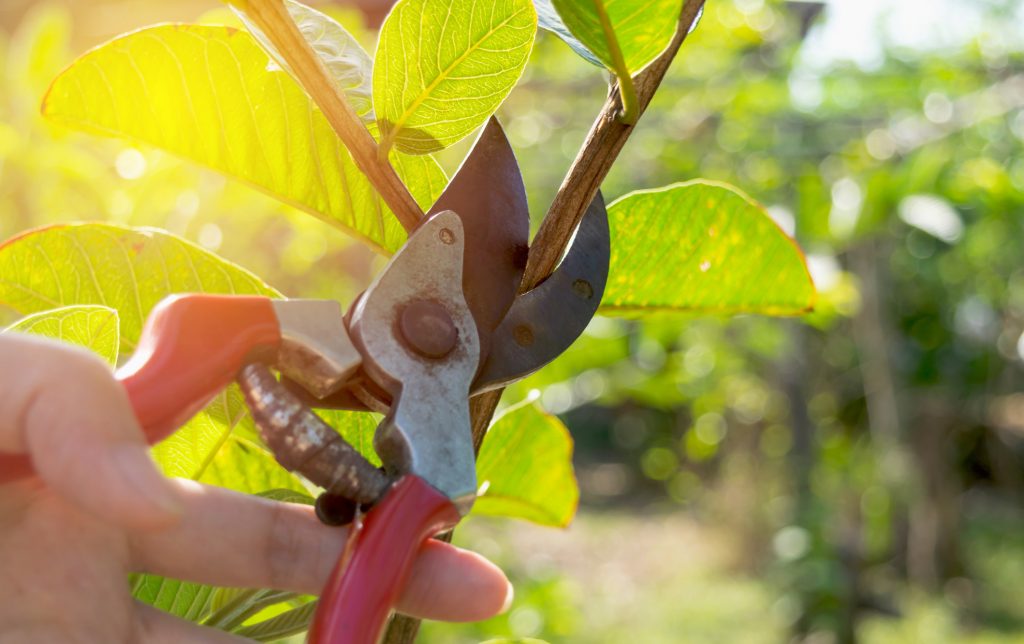
When pruning, be conscious of how and where you are cutting. Ensure that the center of your plants or bush has enough space to allow for optimal air circulation. Moreover, shape them as they grow as this helps maintain their balance and the center open for them to grow into attractive garden shrubs.
7. Pruning Roses In Spring

Spring is the perfect season to prune in order to correct issues with your plants’ overall form. You can assess the damage winter may have done to your roses before the new foliage emerges. First, you must remove winter foam covers and mulch as soon as you can see new growth already. Next, assess your roses and, if applicable, remove any diseased, dead, or damaged canes.
8. Pruning Roses In Summer
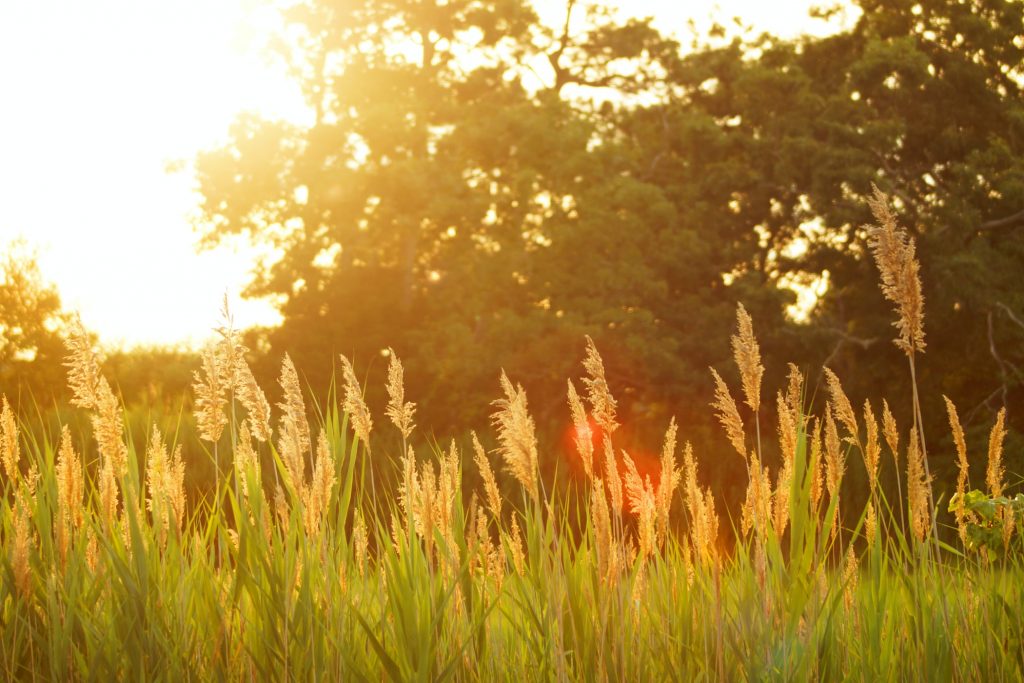
If you live in a place with a non-dormant climate, it is best to prune during the summer. This is the time when the heat shuts down the roses, which really isn’t giving them their best look. This approach works best in a climate with really hot summers and winters that barely go down five degrees even at night. Another way you can determine if this will work is by observing your roses in the succeeding months. If they seem to be growing happily with pumped-out blooms, then you might want to consider this method.
9. Pruning Roses in Winter
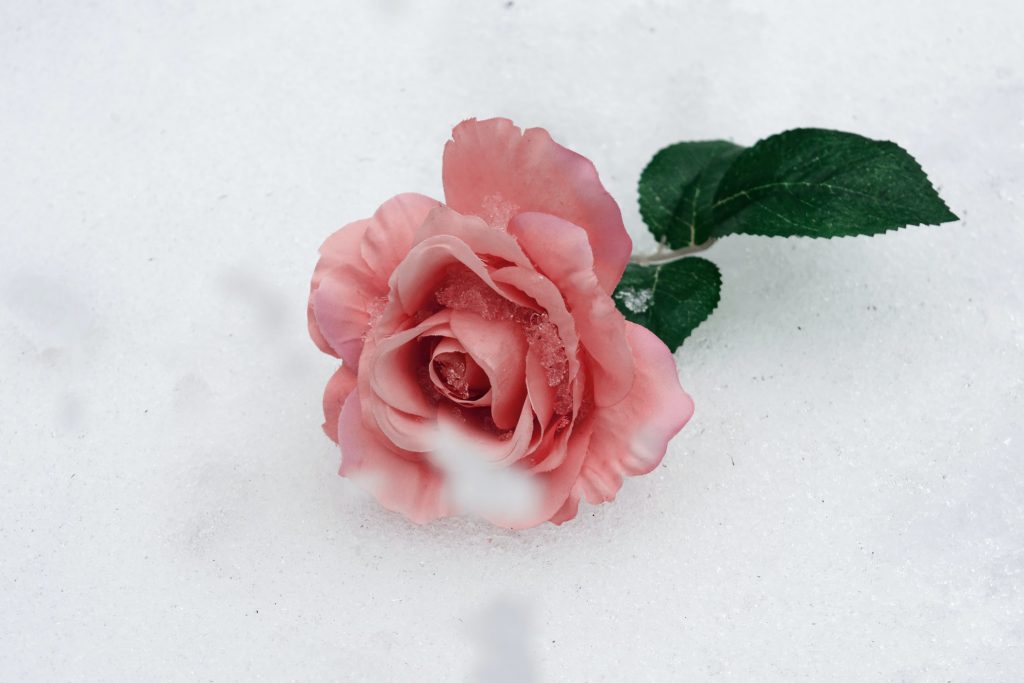
For the majority of gardeners, winter is the ideal time to prune most types of roses. This is a period when plants are dormant, which means they won’t be putting out new growth that could possibly be damaged in the freezing weather. Moreover, freezes can permanently damage your plants so the timing of pruning roses is crucial. If you prune too early, it will become more dormant. Pruning later is recommended as the roses will become more awake with new growth starting at the tips of their branches.
Read more: What Is Pruning In Landscaping
10. Pruning Roses in Fall

Trim longer stems after the first killing frost to prevent them from snapping in winter storms. To prevent rose bushes from being uprooted in strong winds, keep them from being top-heavy. Crossing branches that may be harmed if they rub together should be cut back as well. Take it easy on the pruning, as too much can encourage new growth, which can be destroyed by freezing temperatures. To avoid spreading disease to other plants, remove any dead or diseased branches and foliage and thoroughly clean your cutting tools.
11. There’s Not Just One Pruning Season

The perfect pruning season depends on a number of factors, such as the type of roses you’re gardening and the hardiness zone where you live. If you don’t know which season to cut and prune your roses, observe them first for a season. For example, roses that bloom on new growth, such as floribundas, are best pruned in early spring just before they break dormancy.
12. Always Clean Nearby Debris After Pruning
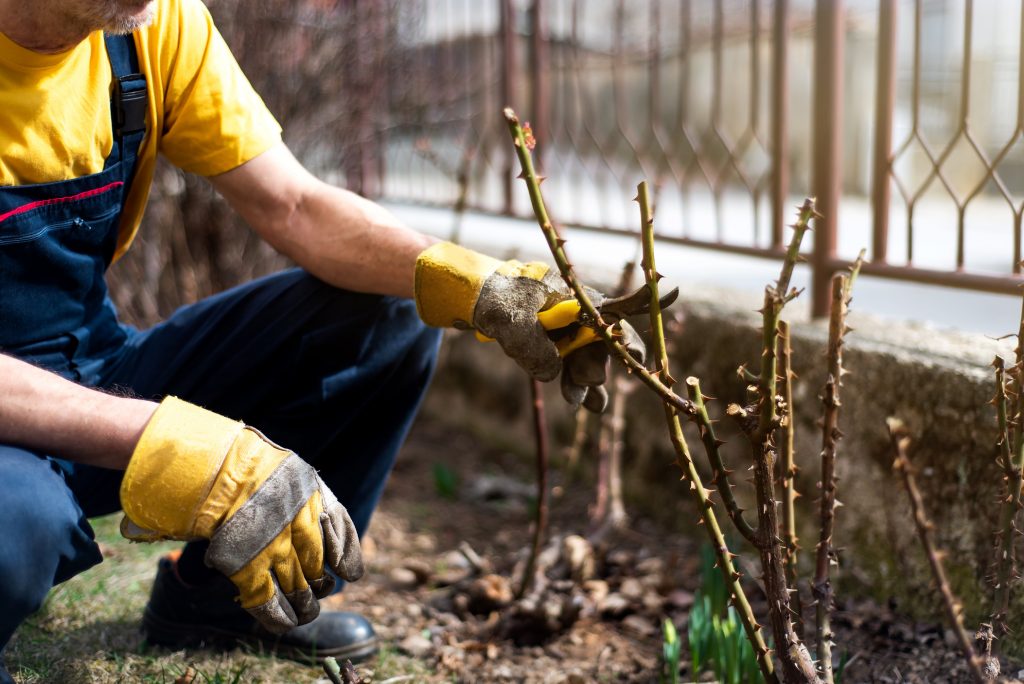
After pruning your roses, you’re bound to have some debris nearby. It goes without saying but you should always clean up afterward as insects and diseases can carry over to old leaves. We highly recommend removing every leaf around your newly pruned roses and plants. Moreover, you can also scrape some barks from the base of the plant and the bud union to ensure optimal cleanliness.
13. Don’t Use White Glue
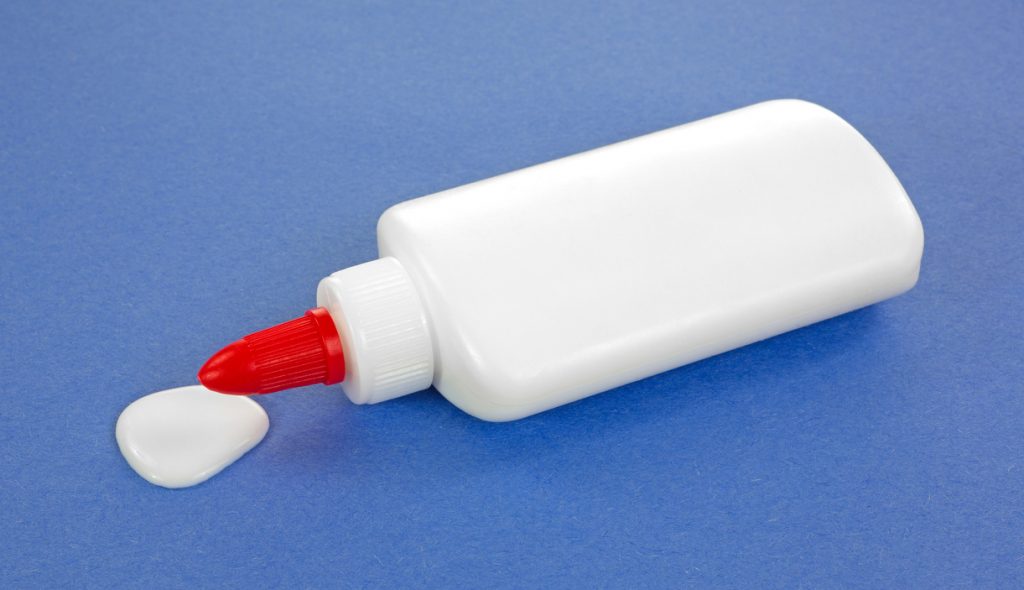
You might have heard somewhere that white glue is one way you can seal the cuts of your roses. However, that isn’t actually the case. In fact, it is not necessary to use any sort of white glue as rose canes seal by themselves, especially when they are pruned on their dormant season at a 45-degree angle.
Read more: How To Make Prunes In A Dehydrator
14. Apply Soap And Oil
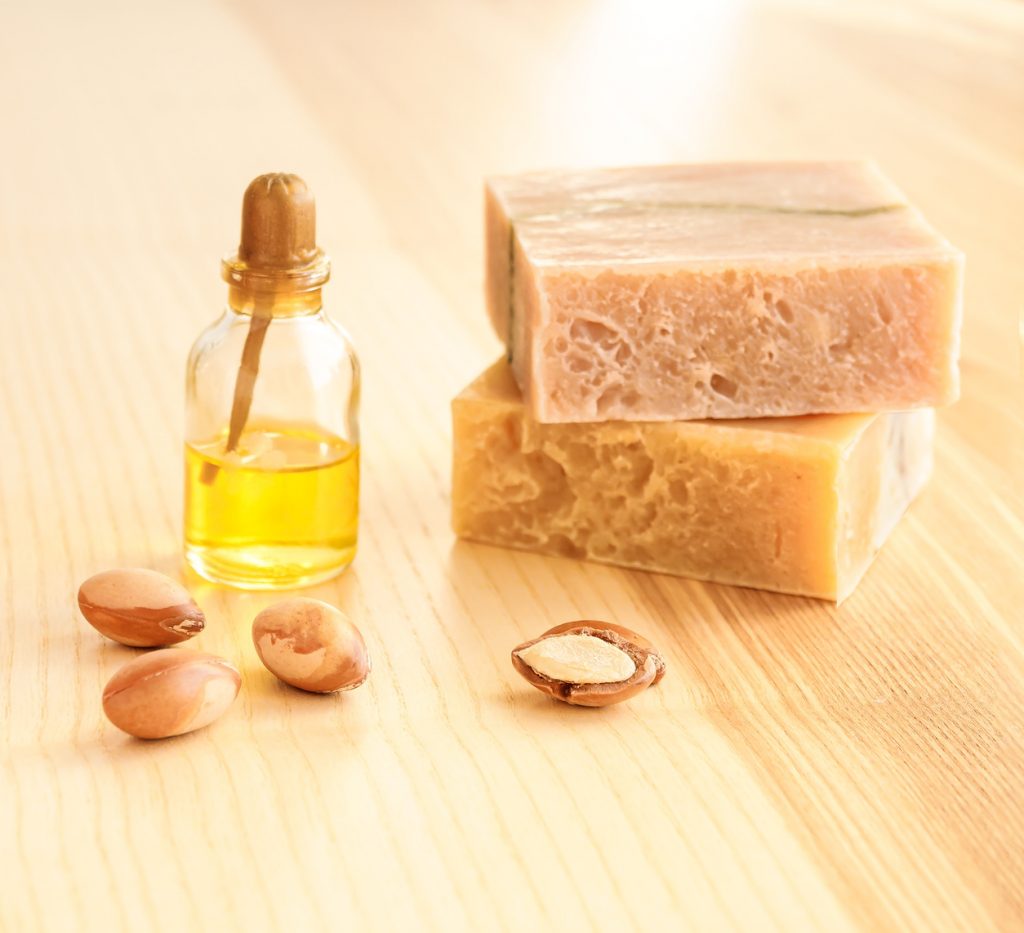
Applying some horticultural oil or insecticidal soap right after pruning will help smother insect eggs and overwintering scales. Additionally, they are also the least harmful option to the insects that are actually beneficial to your plants. The ideal time to apply these is when there is no fog or rain during that day of rose pruning.
Milania’s Neem is made by the proprietary process of cold-pressing fresh, high-quality neem seeds. This helps the oil reach a high concentration of natural tallows in the seed, which is needed for the oil to reach its full potential.
Insecticidal soap (also known as potassium salts of fatty acids) is a pesticide manufactured from natural plant extracts that dehydrate and kill insects that come into contact with it. This solution has been specifically designed to provide you with the optimal concentration of active ingredients to target these dangerous insects while allowing other beneficial organisms to flourish. To keep your plants pest-free, simply spray at the first sign of insects and their harm, and repeat as necessary.
15. Remember Everyone Makes Mistakes
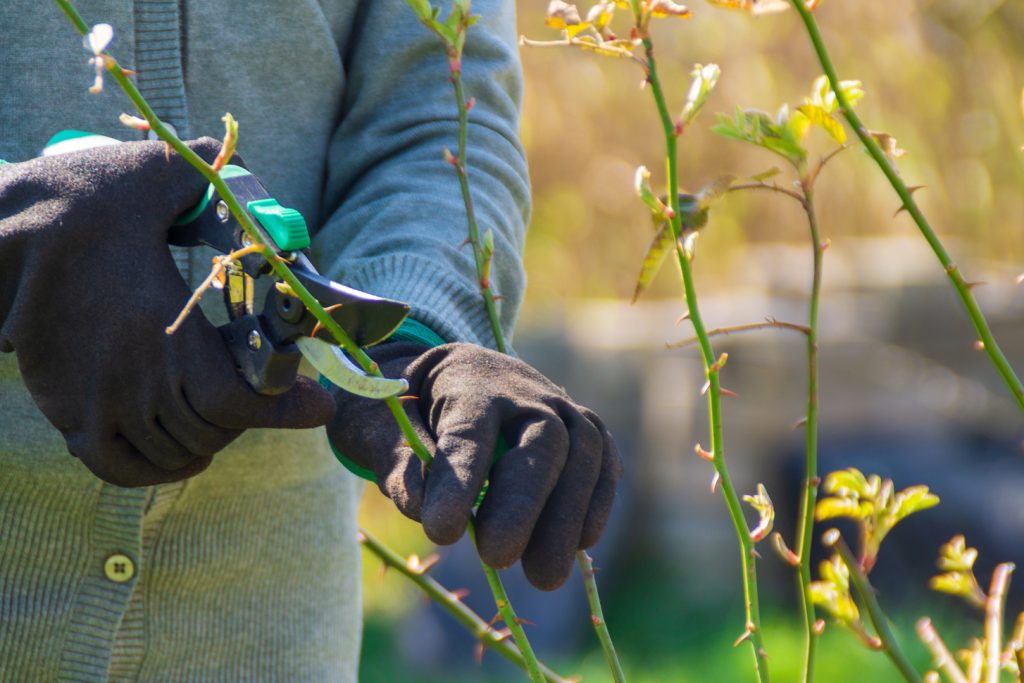
The notion of cutting various parts of a plant seems like such a daunting thought to process especially for things as vulnerable as roses. However, you must remind yourself that almost all roses recover quickly in case you make any mistakes. Keep observing how they bloom and grow after you’ve finished pruning. Through this, you’ll be able to know how and when to prune them in the best way possible!
Now that you have read these pruning roses tips, you can brave through this technique without breaking a sweat. Keep these in mind and you’ll definitely have not just a productive pruning session, but a highly enjoyable one as well.
Was this page helpful?
At Storables.com, we guarantee accurate and reliable information. Our content, validated by Expert Board Contributors, is crafted following stringent Editorial Policies. We're committed to providing you with well-researched, expert-backed insights for all your informational needs.
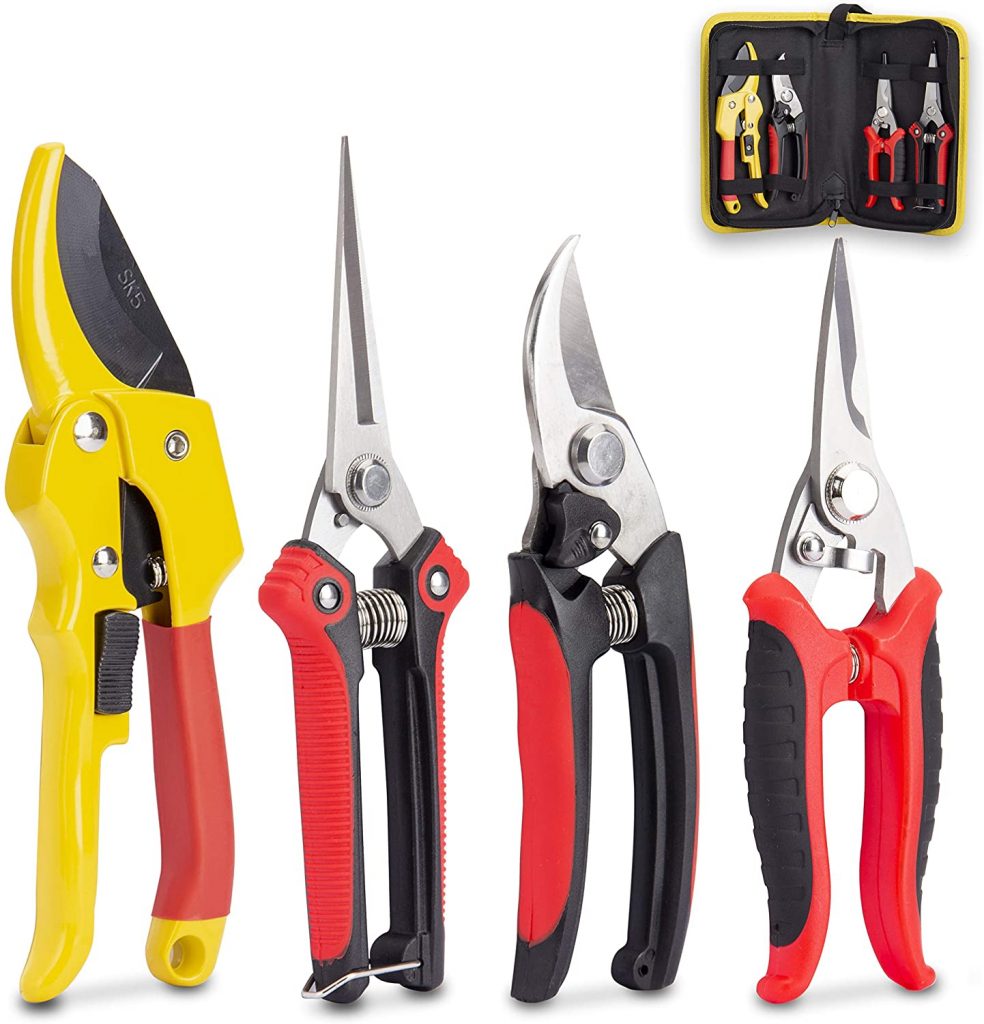
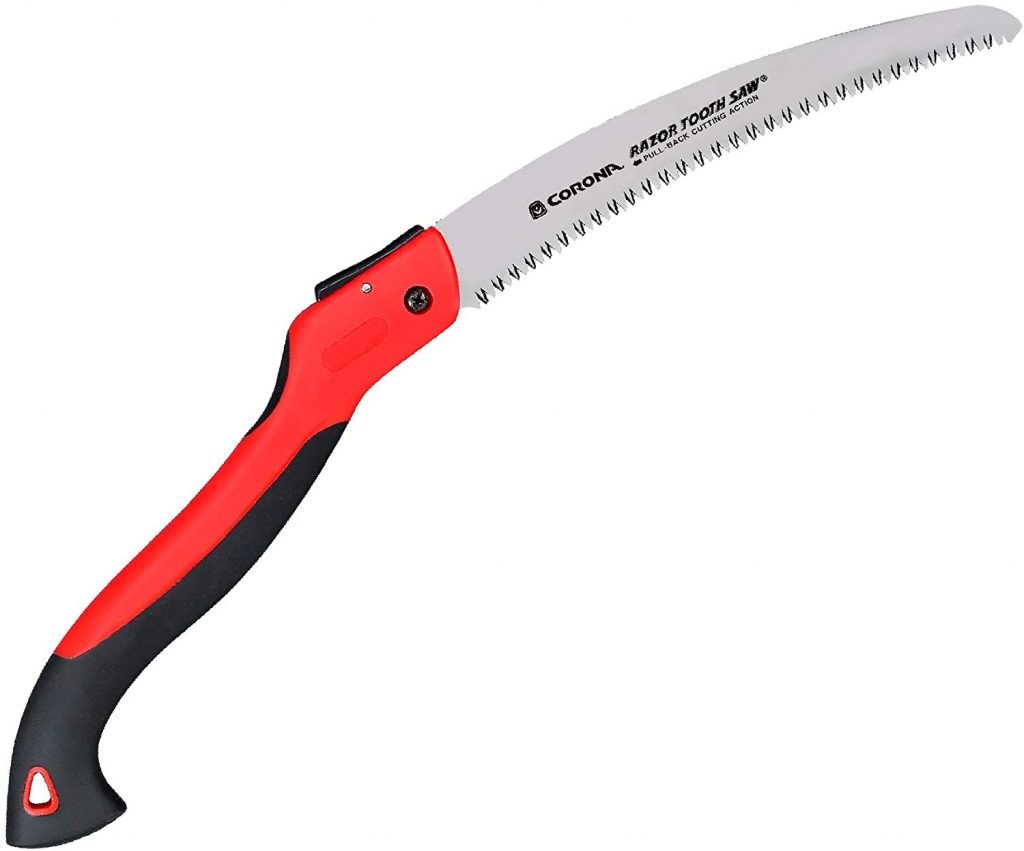
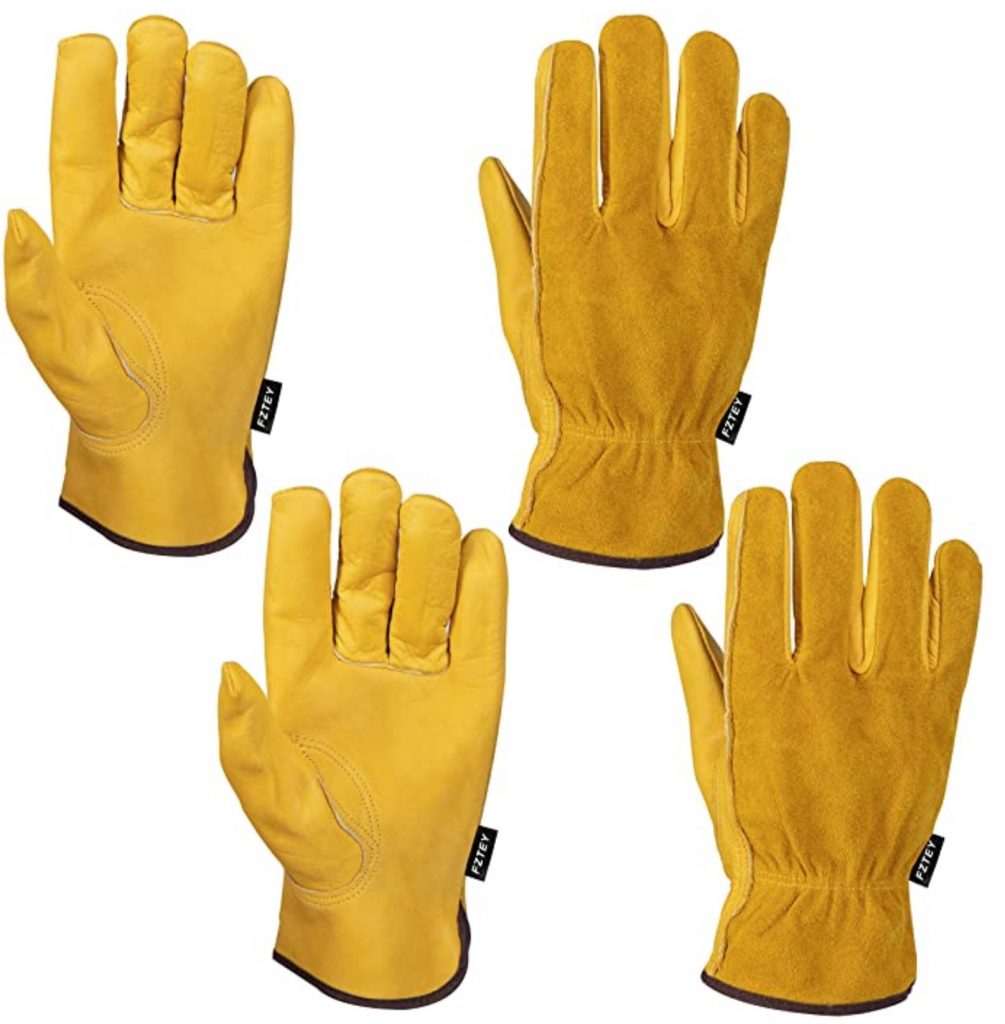
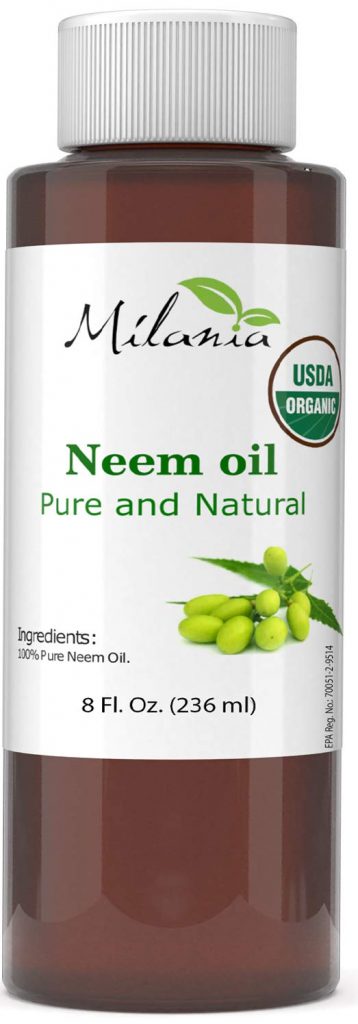
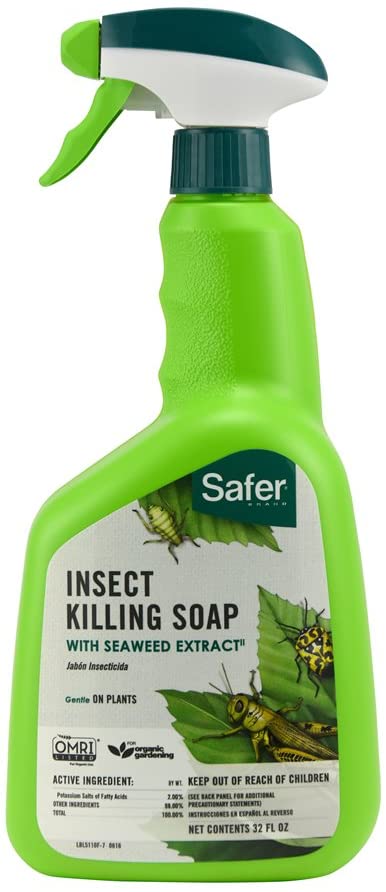
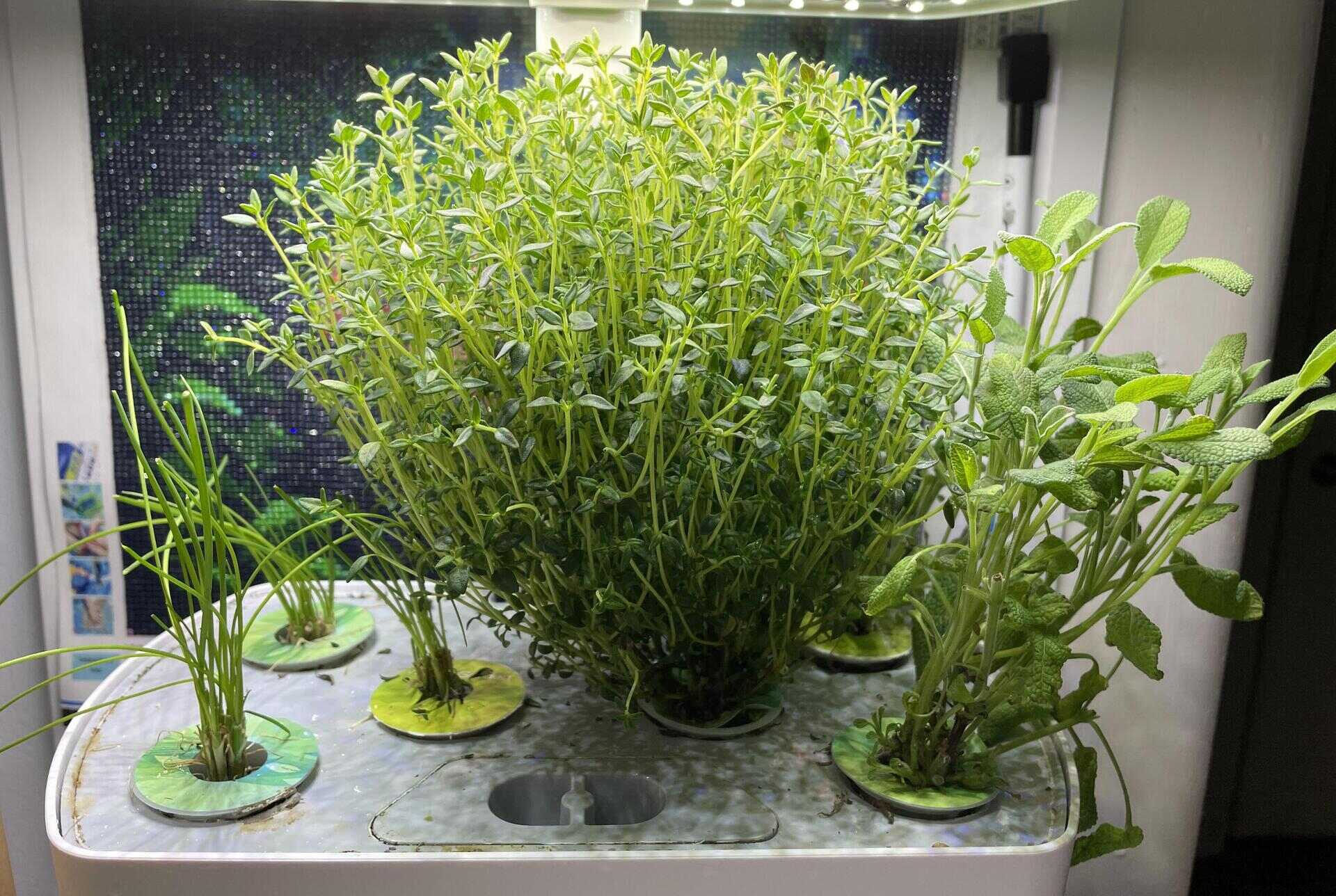
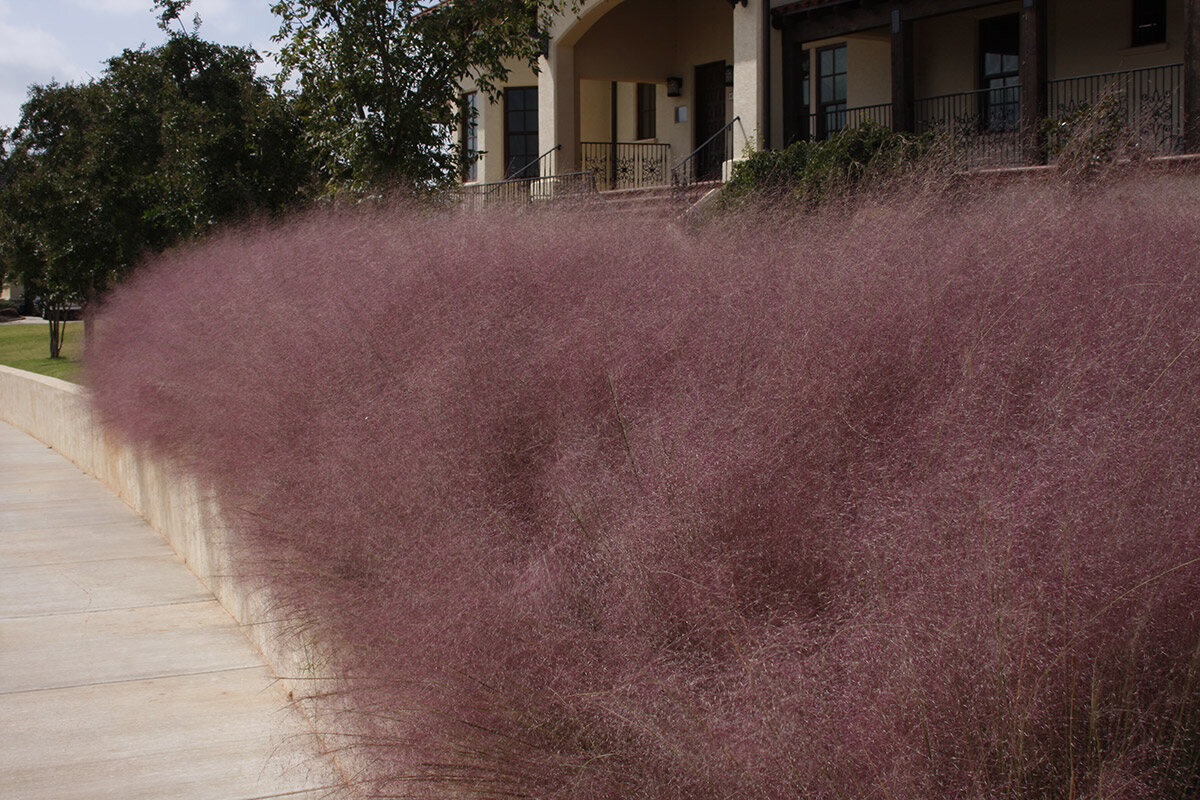
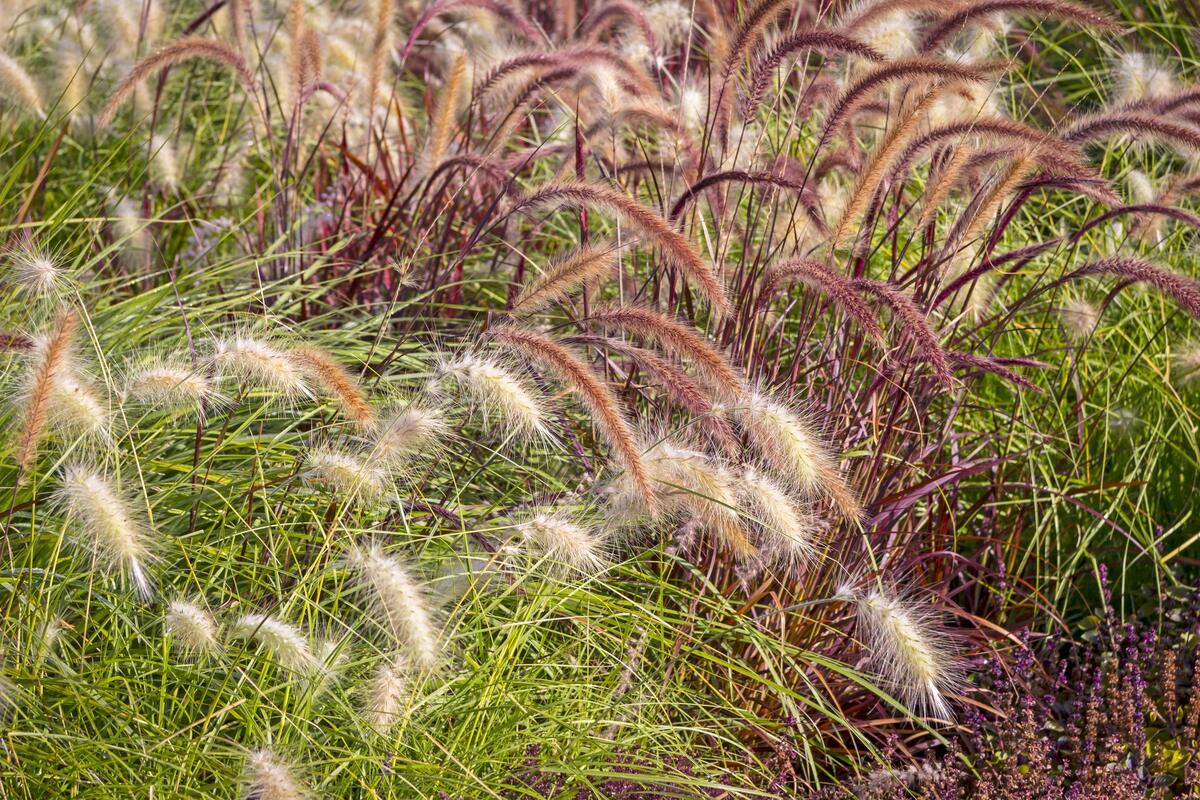
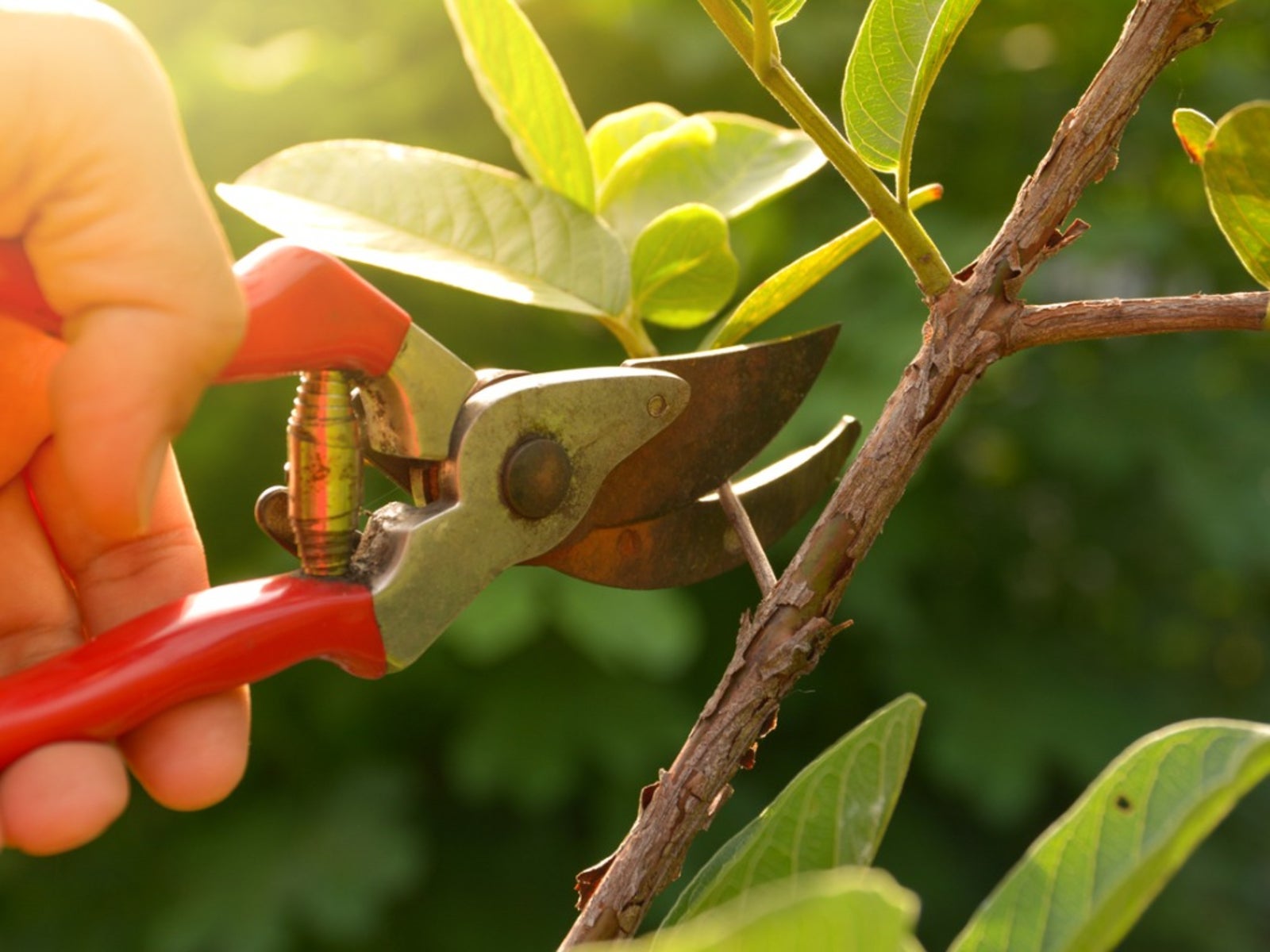
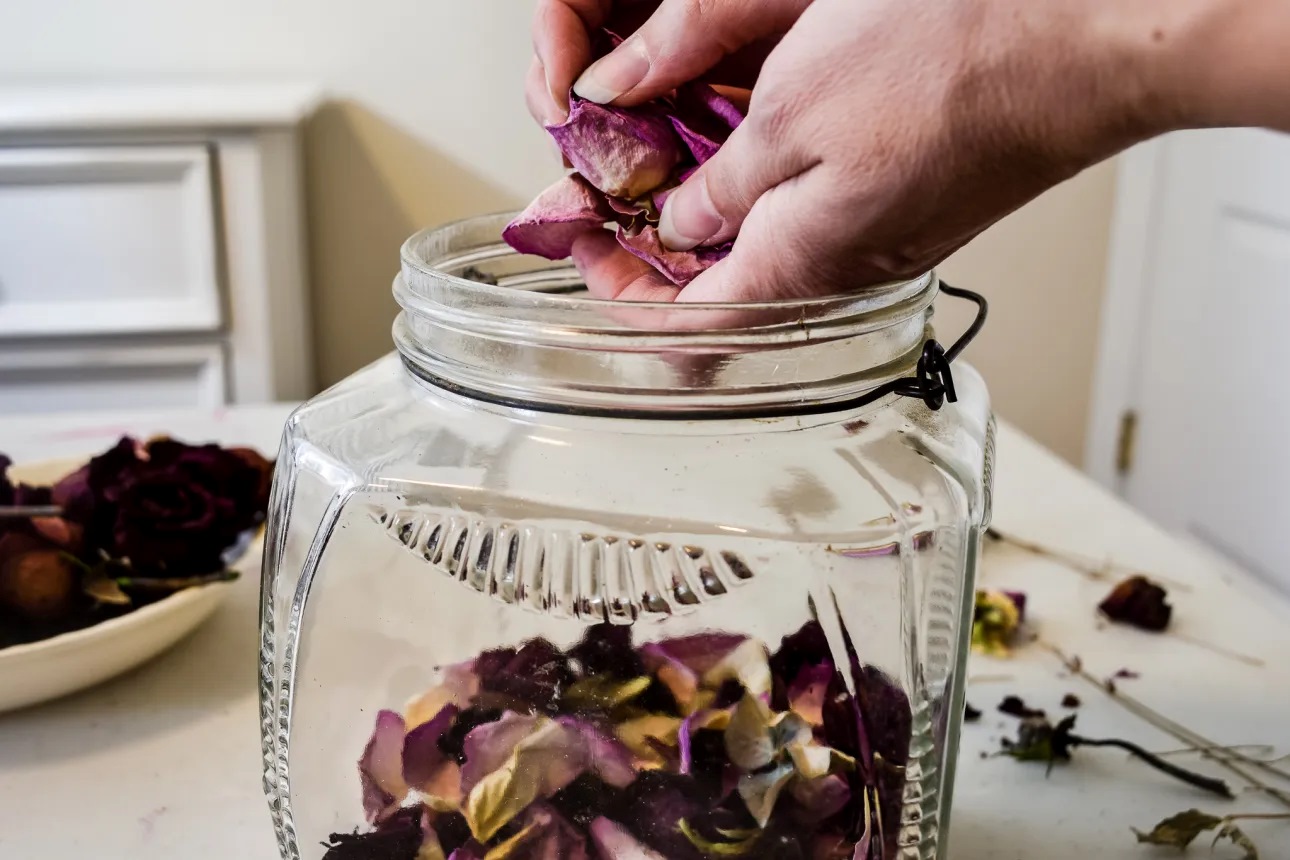

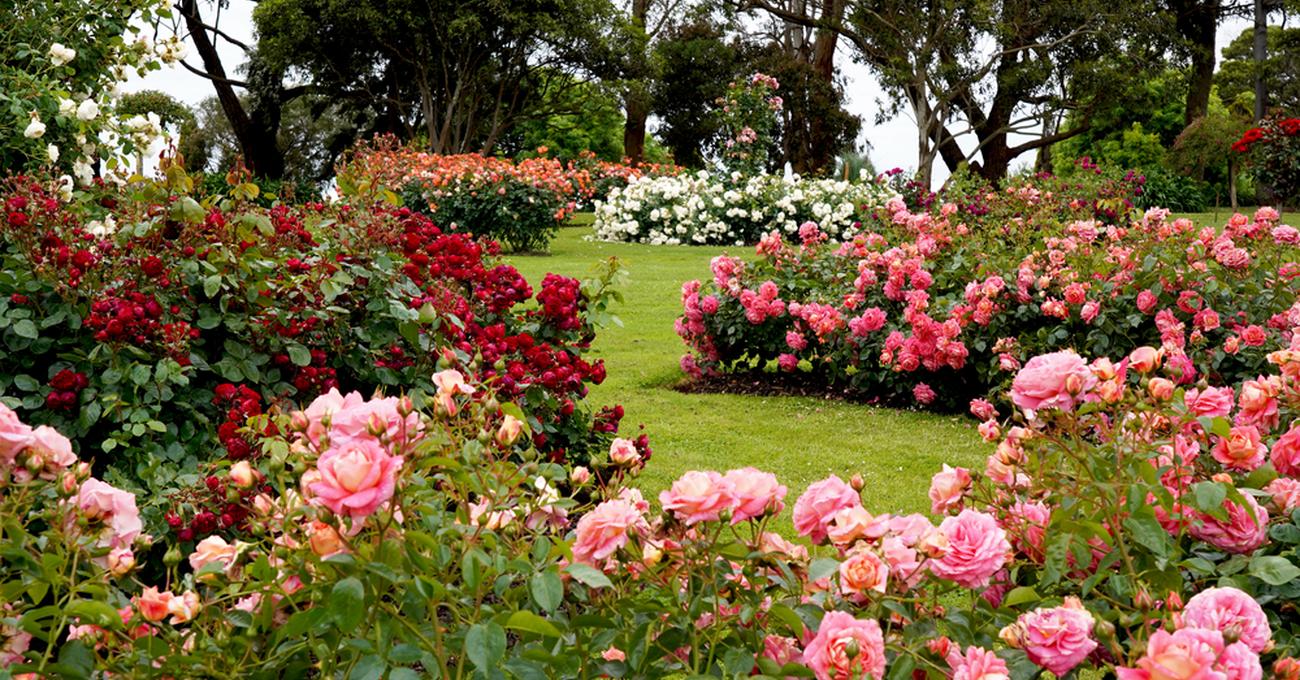
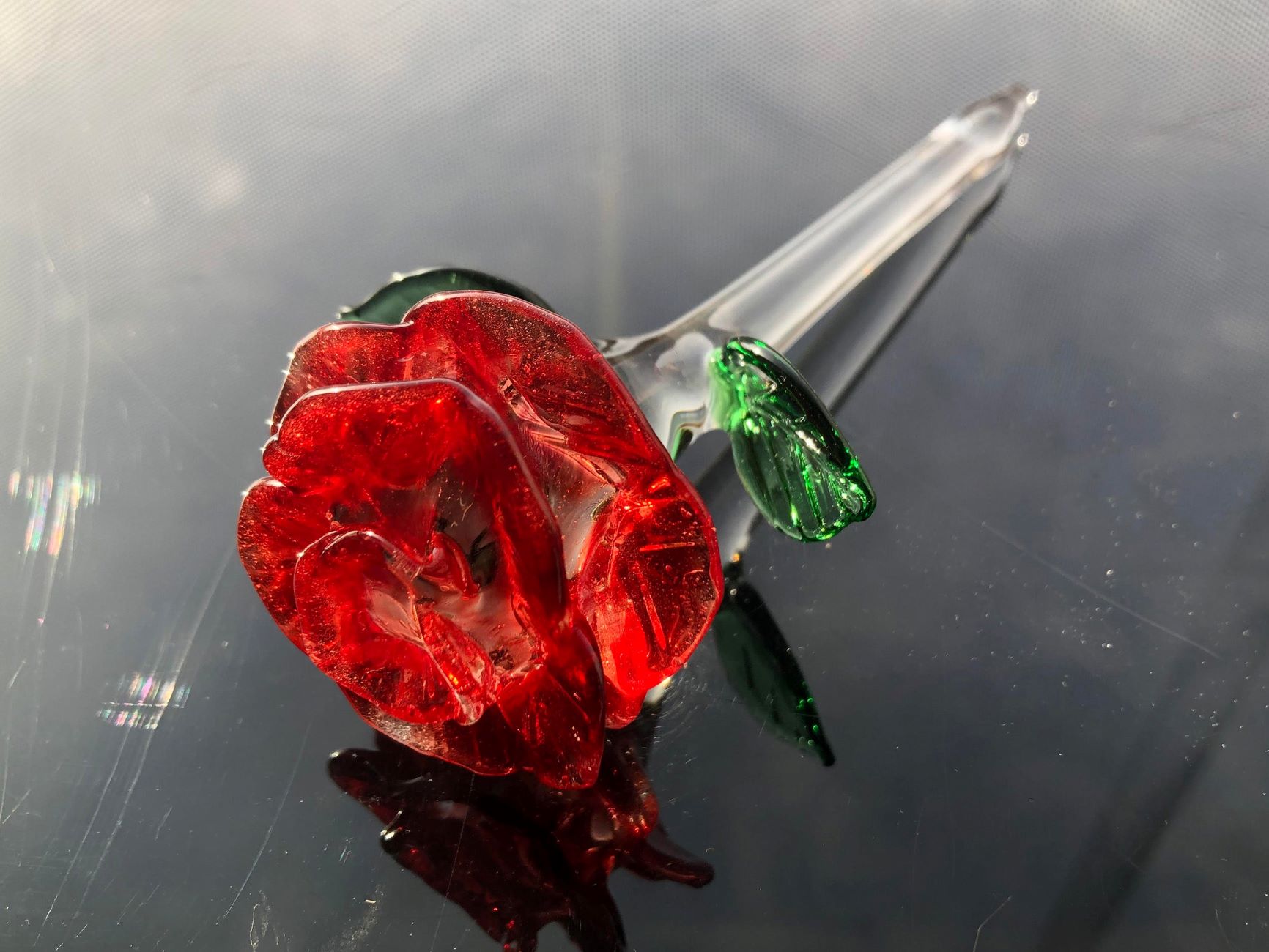
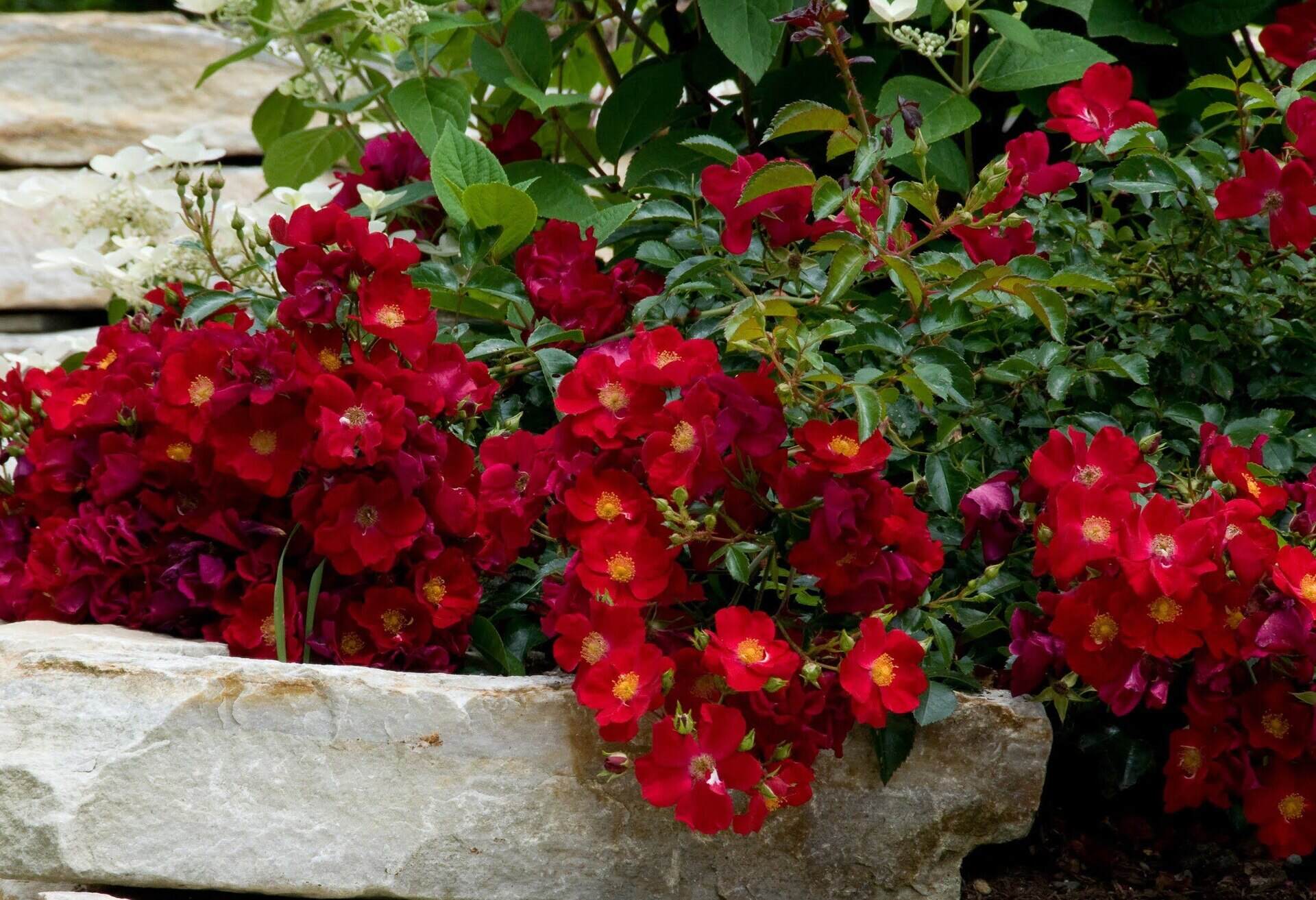

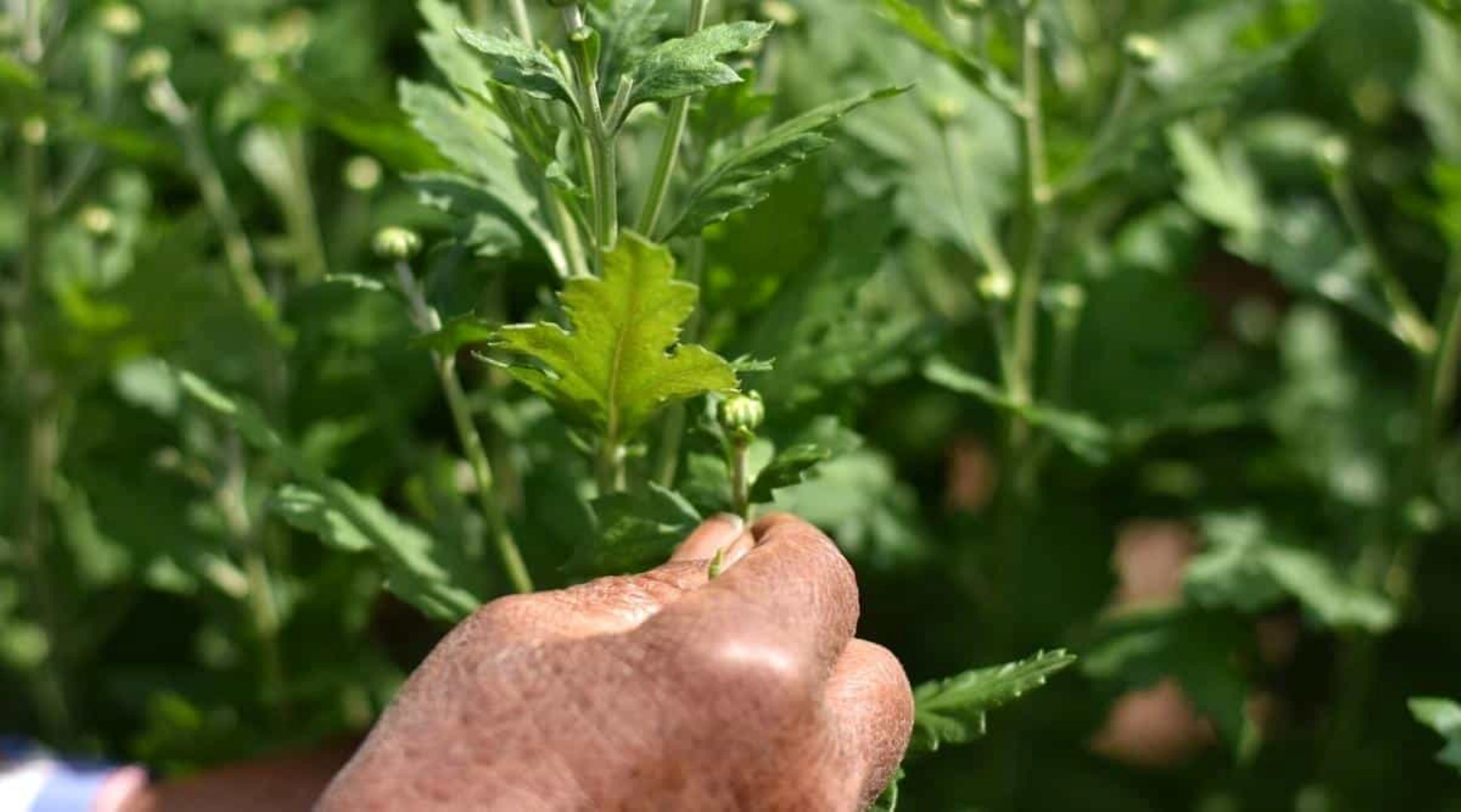

0 thoughts on “Pruning Roses: 15 Smart Tips You Must Know”